Self-Acupressure Therapy | Benefits & Tips
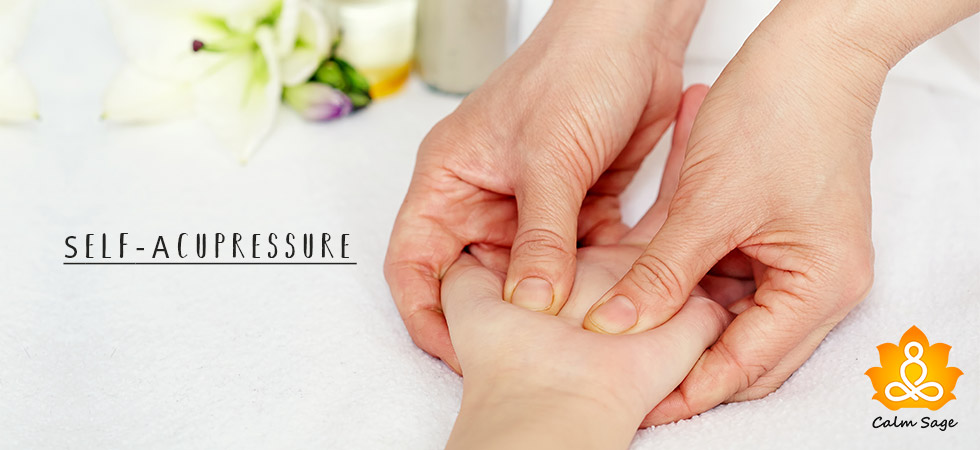
There are many different traditional forms of therapy and medication but one of the most commonly practiced around the world is Acupressure. Acupressure is an ancient traditional Chinese medicine; its goal is to stimulate the movement of qi – life force. Acupressure focuses on the 14 meridians or acupoints in the body. According to Chinese medicine, the constant movement of qi is essential for a person’s health – mind and body.
Acupressure and acupuncture are similar yet different. Where an acupressure therapist focuses on acupoints and meridians using their hands and fingers, an acupuncture therapist uses pins and needles to stimulate the acupoints.
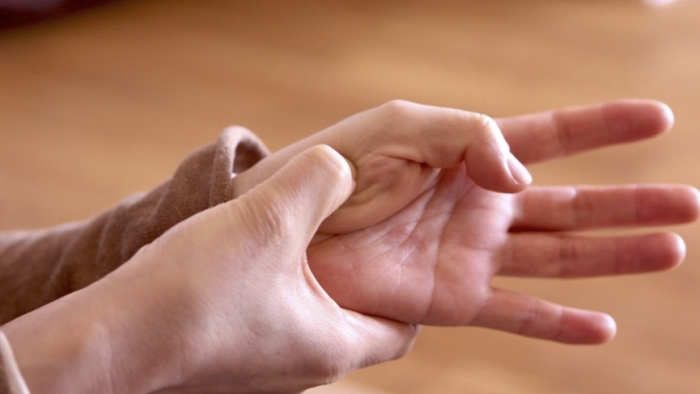
Chinese Tuina, Shen Tao, and Japanese Shiatsu are more commonly practiced acupressure therapy around the world. The few common acupoints to focus on are:
1. The Third Eye: the point between the eyebrows and above the bridge of the nose.
2. The Heavenly Pillar: the point below the base of the skull and few inches above the spine.
3. The Heavenly Rejuvenation: the point below the shoulder and base of the neck and outside the shoulder blade.
4. He Gu (LI4): the point between thumb and forefinger.
5. Tai Chong (LR3): the point located between the big toe and the next one.
6. San Yin Jiao (SP6): the point above the inner anklebone.
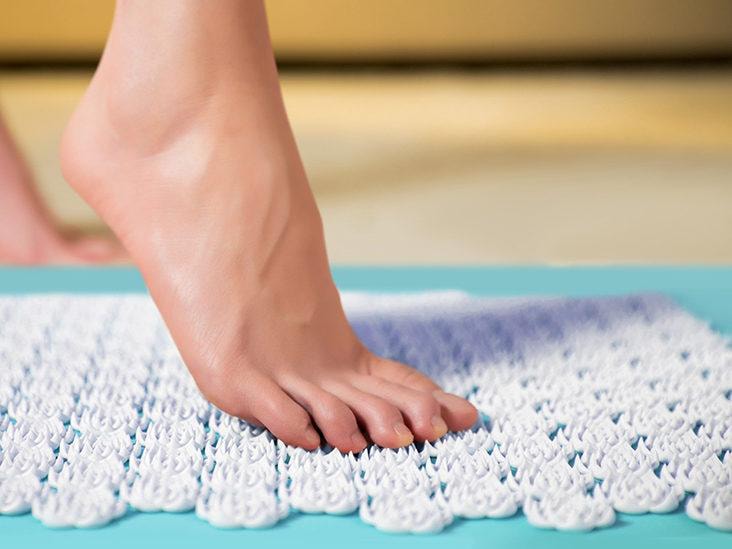
Benefits of Self-Acupressure
1. Acupressure helps to relieve joint pain, back pain, and headaches.
2. Focusing on certain acupoints helps in reducing PMS symptoms, stomach cramps, and nausea.
3. Acupressure helps to calm nerves and motion sickness.
4. The therapy helps to reduce symptoms of insomnia, common cold and sore throat.
5. It also essential in improving and enhancing stamina and metabolism.
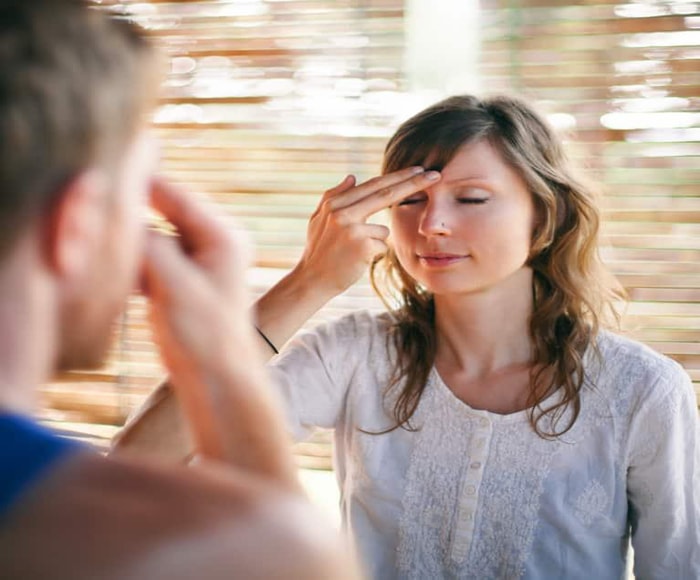
When practicing self-acupressure keep in mind the following-
1. Apply pressure correctly. When stimulating the acupoints do so with firm pressure. If the pain is too much and uncomfortable consult a professional.
2. Identify the right spot to focus on. The acupoints are small so the pressure and point should be accurate.
3. Use proper tools for the therapy. Acupressure is mostly done by using finger pads. Slow massages and rubs should be done as accurately as possible. Using the middle finger and thumb works best to apply pressure.
4. Acupressure takes time. Try to hold the acupoints for 2-3 minutes and repeat as needed. Practicing acupressure daily is helpful to relieve pain and enhance the qi.
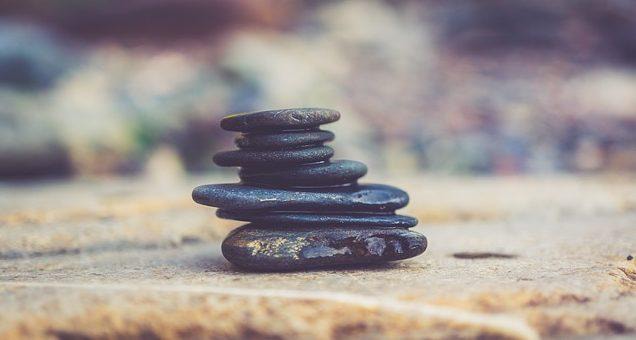
Before practicing acupressure therapy, it is essential to understand the acupoints and after-care. Acupressure helps to release the tension and stress by stimulating the acupoints in the body. The practice of acupressure helps in relieving physical and mental tension. The constant flow of qi, the life energy, helps to unblock the pain and helps improve the quality of life.
The source of our life energy is in our hands, literally. The manifestation of that energy heals the mind, body, and spirit.
There is a Chinese saying – “Where there is no movement there is pain; where there is movement there is no pain”
More Relevant Articles:
Maximize Your Therapy Outcomes With These Embodiment Techniques
Therapy Guide: Understanding Therapists and Your Role in a Therapy







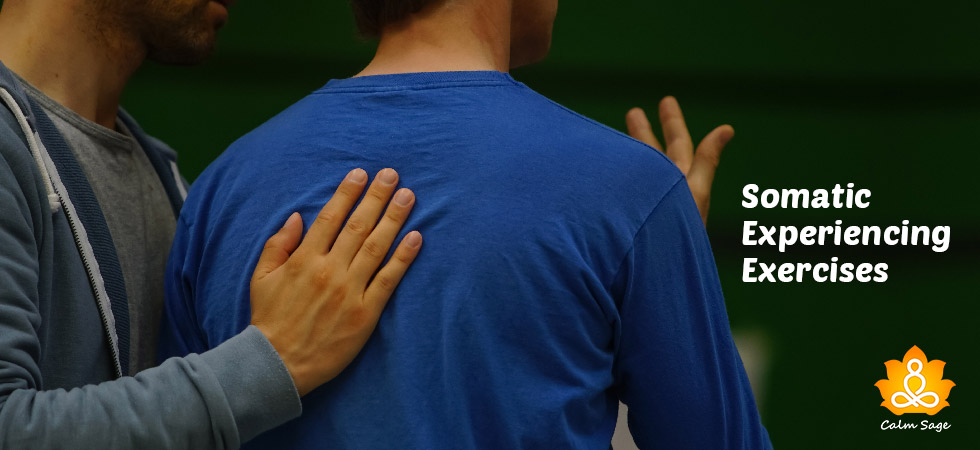
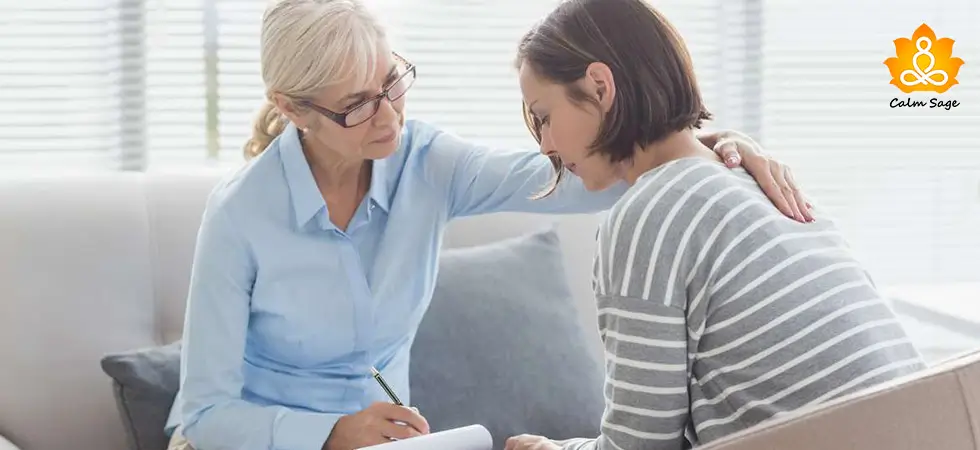












Self acupressure therapy is the best because you can do it any where and any time and feel completely relaxed after that so according to me it is best.
A well-researched and written blog ⭐️⭐️⭐️⭐️⭐️
Yeah! self-acupressure has many benefits, which give relaxing muscles and joints
Really glad after reading this amazing blog. I was looking for something related to the benefits of acupressure and got everything on this post. Thanks.
this blog is like a pain relief therapy you go through. thank you team